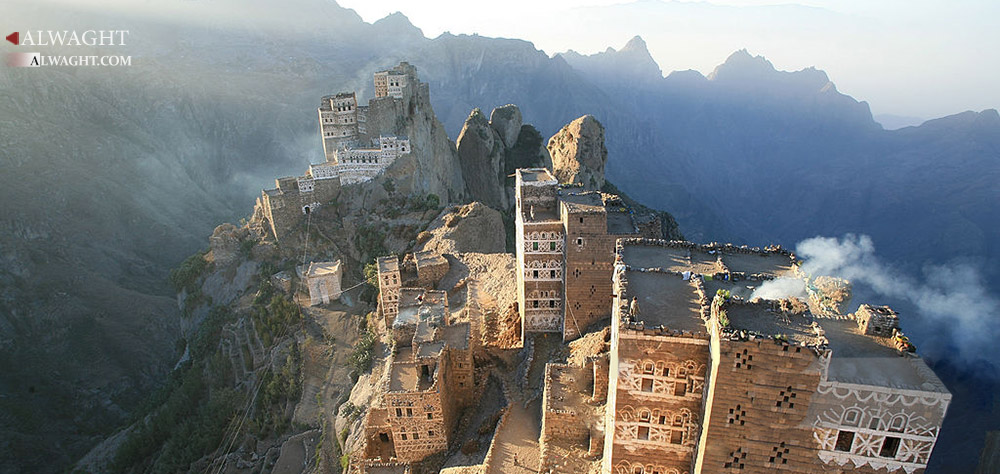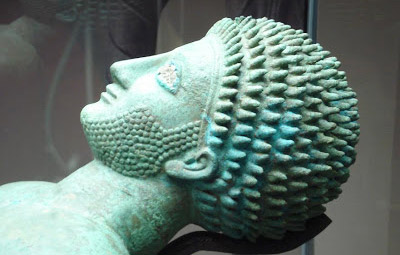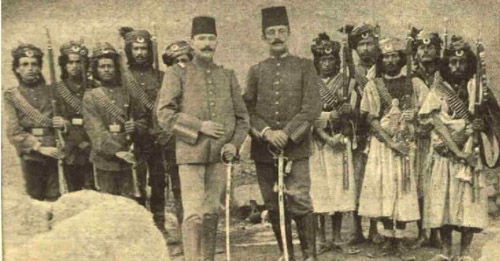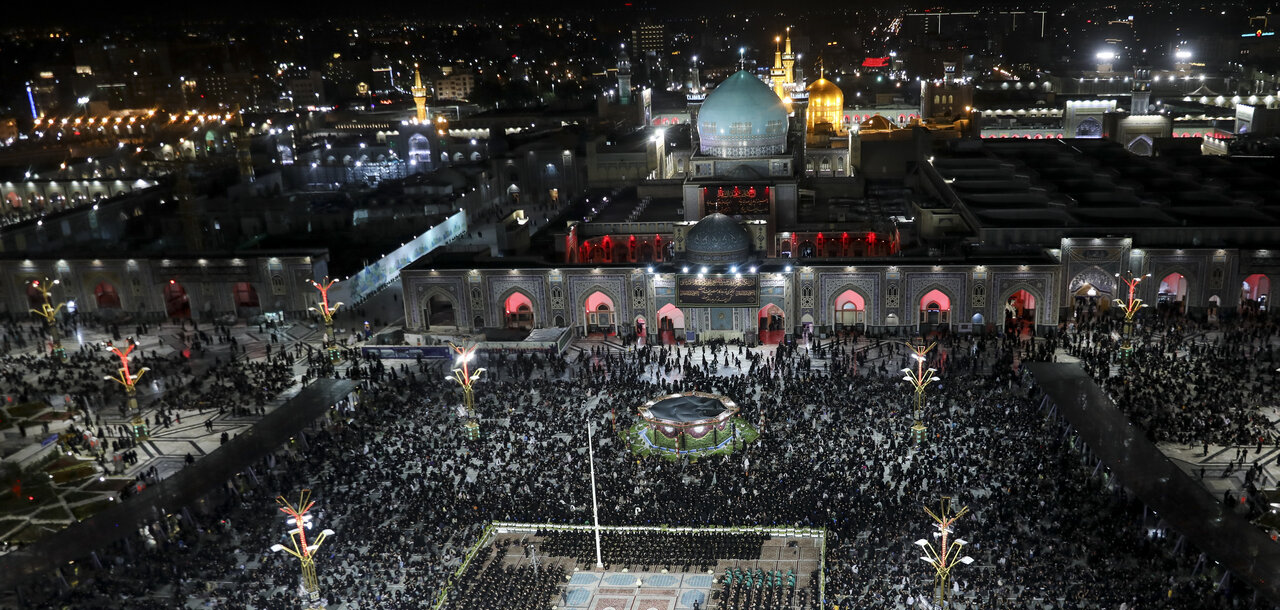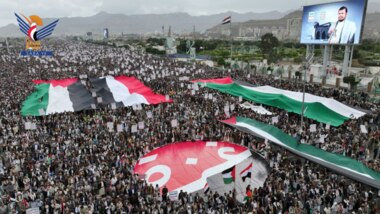Emergence of the Nation: The ancient walled city Sana'a is said to be the oldest city in the world, founded by Noah's eldest son, Shem, the forefather of Qahtan. Bilqis, the Queen of Sheba (Saba), is mentioned in the Bible and the Qoran. The kingdom of Saba, with its capital, Marib, had existed since the first millennium B.C.E. The Marib Dam provided irrigation for about twenty-five thousand acres of arable land. Its collapse in the first centuries C.E is depicted in the Koran as a punishment from God.
The prosperity of the principal rival kingdoms, Saba, Hadhramaut, Awsan, Qataban, and Ma'in, was based on the cultivation and overland exportation of frankincense, myrrh, and spices to the Mediterranean. Ancient South Arabian culture developed an intricate architecture and created masterpieces of figurative and decorative arts. It maintained contacts with Egypt, Greece, Palmyra, Chaldea, and Abyssinia, which was founded by Sabaeans, as well as India.
In 25–24 B.C.E the Roman emperor attempted to conquer the Sabaean kingdom which was the southernmost outlet of the trade route to India. At that time, caravan traffic became less important than the shipping route between Egypt and India. The whole of southwestern Arabia was united by the kingdom of Himyar (circa 100 B.C.E – 525 C.E) which controlled the Red Sea and the coasts of the Gulf of Aden. After the fall of Jerusalem in 70 C.E, many Jews settled in the region, and the Christian (Nestorian) faith was propagated. In the early sixth century, the kings of Himyar converted to Judaism and persecuted local Christians, leading the Abyssinians to take control of South Arabia in 525. The Persian Sassanians followed in 575.
The advent of Islam to South Arabia in the seventh century ousted local pantheons and monotheistic cults. Yemeni tribes took an active part in the Arab conquests and the construction of an Islamic state, and the tribal principal became a distinct form of communal organization in the area. In 898, al-Hadi Yahya proclaimed himself the first Zaydi imam, establishing a Shiite dynasty that ruled in several regions of northern Yemen until 1962. The Egyptian Ayyubids invaded in 1173 and controlled all of Yemen until 1228. Their local vassals, the Rasulids, ruled until 1454, the golden age of art, science, and prosperity. The Tahirid tribesmen succeeded the Rasulids but were overthrown by the Egyptian Mamluks (1515–1517), who opened Yemen to invasion by the Ottoman Turks.
The Portuguese, the French, and the British as well as the Ottoman Empire tried to seize the main routes to the Indian Ocean. The local coffee mocha (named after the town al-Mukha), became an important item in world trade. The split of Yemen in to the south and the north was caused by British and Ottoman politics. In 1839, the British occupied Aden. The Ottomans took control over main regions of the north in 1848–1872 in spite of armed resistance by the Zaydi imams, who had defeated the Turks in 1568, 1613, and 1635.
Frequent uprisings forced the Ottomans to grant autonomy to the Zaydi regions in 1911. After the collapse of the Ottoman Empire in 1918, the Turks withdrew from the north; its independence under the Zaydi imams was internationally recognized in 1923. The imams claimed the right to all of historical Yemen but ceded the province of Najran to Saudi Arabia in 1934. In 1962, the rule of imams was overthrown, and YAR(Yemen Arab Republic) was proclaimed.
The South was administered by British Bombay presidency until 1937, when it was designated the Crown Colony of Aden and Protectorate. In 1963, the Aden Colony became part of the British-sponsored Federation of South Arabia, which was scheduled to become independent in 1968. The British had to withdraw in 1967, and power was seized by the Marxist-oriented National Liberation Front. The south was proclaimed the People's Republic of South Yemen in 1967 and the PDRY in 1970.
The tribal, religious, and pro-Western YAR and the Marxist, secular, and pro-communist PDRY engaged in border warfare in 1979 and 1987. In 1989, the YAR and the PDRY signed a draft document for unification. On 22 May 1990 the new Yemeni nation was born.
Six months after unification, the Gulf War started. Yemeni labor migrants from the Arab oil states were forced to return home, causing a population increase, a slowdown in the migrants' remittances, and a reduction in foreign aid.
The Saudi Arabian-led intervention in Yemen began in 2015 to influence the outcome of the Yemeni Civil War. Saudi Arabia, spearheading a coalition of nine Arab states, began carrying out airstrikes on neighboring Yemen and imposing an aerial and naval blockade on 26 March, heralding a military intervention codenamed Operation Decisive Storm (Arabic: عملية عاصفة الحزم)
Source: www.everyculture.com & www.Wikipedia.com
















